
Ocean Acidification: Warming’s “Evil Twin”
precise, real-time monitoring of dissolved carbon dioxide levels alongside detailed current profiling.The oceans act as a partial sink for atmospheric CO2, so more CO2 means more acidification, even in deep oceanic waters.The effects on ecosystems and biodiversity have been clearly observed, and food production from shellfish aquaculture and fisheries has suffered.The World Meteorological Organization’s latest State of the Global Climate report released in March confirmed that acidification of the ocean surface is continuing, demonstrated by the steady decrease of global average ocean surface
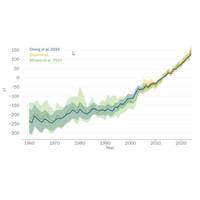
WMO Documents Spiraling Climate Impacts
intense regional decreases are in the Indian Ocean, the Southern Ocean, the eastern equatorial Pacific Ocean, the northern tropical Pacific, and some regions in the Atlantic Ocean.The effects of ocean acidification on habitat area, biodiversity and ecosystems have already been clearly observed, and food production from shellfish aquaculture and fisheries has been hit as have coral reefs.Projections show that ocean acidification will continue to increase in the 21st century, at rates dependent on future emissions. Changes in deep-ocean pH are irreversible on centennial to millennial time scales.Global
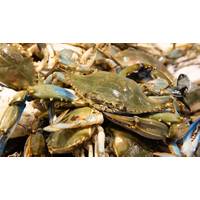
Italy Steps Up Its Fight to Tackle Its Blue Crab Problem
Italy on Tuesday appointed a special commissioner to tackle the spread of the blue crab, an aggressive species that is preying on local clams and threatening a lucrative part of national food production.Originally from the western Atlantic, blue crabs have proliferated in several locations around the Italian coast, particularly in the Po river delta in the north, where attempts to curb numbers with large fishing campaigns have had little success.Experts say the blue crabs probably arrived in Italy via shipping bilge water, but it is unclear why they are multiplying so fast or whether there could be a
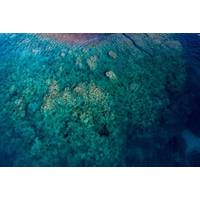
One Year After Volcanic Blast, Many of Tonga's Reefs Lie Silent
gone."The reefs in Tonga were silent," the survey report found.Farming reprieveAgriculture has proved a lifeline to Tongans facing empty waters and damaged boats. Despite concerns that the volcanic ash, which blanketed 99% of the country, would make soils too toxic to grow crops, "food production has resumed with little impacts," said Siosiua Halavatu, a soil scientist speaking on behalf of the Tongan government.Soil tests revealed that the fallen ash was not harmful for humans. And while yam and sweet potato plants perished during the eruption, and fruit trees were burned by falling

Subsea Science: Tonga Eruption Discoveries Defy Expectations
of the ash in the water column is creating prolonged impacts. For example, spikes in volcanic ash were coupled to the appearance of oxygen minimum zones – where oxygen levels in the water are at their lowest - which could have implications for important services provided by the ocean, such as food production and carbon sequestration.”Scientists also collected hundreds of samples during their mission, including seabed cores, various corals and 250 kilograms of rock, some of which were newly formed from the eruption.The TESMaP project provides a unique opportunity to study the effects of an
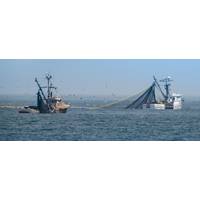
The Information Age is Transforming Fishing Worldwide
advance for regular deliveries from local fishermen. Such engagement between consumers and producers is beginning to shape buying patterns and introduce consumers to new types of fish that are abundant but not iconic like the cod of yore.Growing fish on landAquaculture is the fastest-growing form of food production in the world, led by China. The U.S., which has exclusive jurisdiction over 3.4 million square miles of ocean, has a mere 1% share of the global market.But aquaculture, mostly shellfish and kelp, is the third-largest fisheries sector in the Greater Atlantic region, after lobsters and scallops
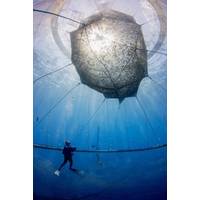
NOAA helps ID prime Aquaculture Sites in GOM, off California
the most advanced spatial analyses ever performed for any U.S. ocean regions,” said Nicole LeBoeuf, Assistant Administrator of NOAA’s National Ocean Service. “The Atlases are powerful scientific tools that will help advance food security for all Americans and improve sustainable food production, which is critical for the economic and environmental resilience of our coastal communities.”NOAA’s National Centers for Coastal Ocean Science developed each Atlas using more than 200 data layers accounting for key environmental, economic, social, and cultural considerations, including
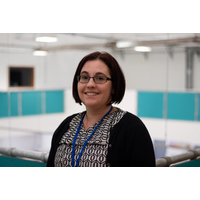
Sonardyne Hires Paull as Business Development Manager
, for Sonardyne’s widening portfolio of products.The ocean space is home to an increasing number of offshore renewables facilities, including offshore wind farms and marine energy devices, and aquaculture operations, as companies look to diversify and countries seek to grow their energy and food production.“Increasingly our oceans are being looked at as engines of growth – be it in renewable energy, aquaculture, mineral resources and even biotechnology. Sonardyne’s growing portfolio of underwater acoustic positioning, inertial navigation, wireless communications and sonar technology

Nor-Shipping: Opening Oceans in Denmark
It is a hugely exciting initiative for us, and our partners, and a vital forum for an industry in transition.” The conference will focus on several key issues over the course of its two-day duration. Central themes include energy production and access to minerals, changing logistic demands, food production, and capturing, collating and extracting value from the ever-increasing flow of ocean-related data. Keynote speakers will address delegates within a high-tech arena, while meeting rooms, glass think tanks and informal collaborative working spaces will lay the foundations for exploring ideas


 February 2025
February 2025





